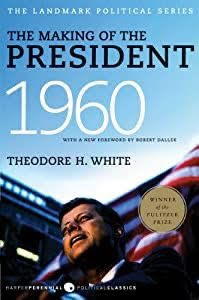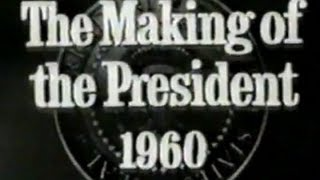 Source:The Guardian– the day that Lee Harvey Oswald was shot by Jack Ruby in Dallas, in 1963.
Source:The Guardian– the day that Lee Harvey Oswald was shot by Jack Ruby in Dallas, in 1963.
Source:The Daily Press
“James R Leavelle, the detective who was handcuffed to Lee Harvey Oswald when the killer of John F Kennedy was in turn shot dead by Jack Ruby, has died. He was 99.
Lee Harvey Oswald is shot by Jack Ruby in a corridor of Dallas police headquarters.
JFK files reveal FBI warning on Oswald and Soviets’ missile fears
Read more
Leavelle’s daughter, Karla Leavelle, confirmed her father’s death to the New York Times.
Kennedy was shot dead on 22 November 1963, as he passed through Dallas.
Reporting for the Guardian, Alistair Cooke wrote: “The motorcade was going along slowly but smoothly when three muffled shots, which the crowd first mistook for fireworks, cracked through the cheers. One hit the shoulder blade and the wrist of Governor [John] Connally [of Texas] who was taken with the president to the hospital, where his condition is serious.
“The other brought blood trickling from the temple of the sitting president. His right arm flopped from a high wave of greeting and he collapsed into the arms of Mrs Kennedy, who fell unharmed. She was heard to cry ‘Oh no’ and sat there all the way cradling his head in her lap.”
Kennedy was declared dead at Parkland Hospital.”
From The Guardian
“LEE HARVEY OSWALD HAS BEEN SHOT! (WFAA-TV COVERAGE)”

Source:David Von Pein– WFFA-TV News in Dallas, bringing ABC News’s coverage of Lee Harvey Oswald being transferred from Dallas city jail, to county jail in 1963.
From David Von Pein
A crazy month November, 1963: First the President of the United States, Jack Kennedy is assassinated, the National Football League suspends its games the following week, and then the man who assassinated President Kennedy, is killed himself.
November, 1963 sort of looked like the world was coming undone and perhaps the last time that president’s were allowed to be that open and vulnerable in public. And that security was even tightened for people suspected of killing high-profile people whether they are politicians, or other celebrities.
Great books and documentaries have been made about these stories and the Federal Government thought they figured out how to deal with people who are so intent on assassinating politicians. But they let someone slip through in 1981, when John Hinkley was almost successful in murdering President Reagan, when the President was leaving a hotel at the Mayflower in Washington. All of these events have made the American presidency less public and more closed to the American people.
A lot of people, columnists like George Will and others say and believe that the 1963 JFK Assassination was the end of the 1950s. And that assassination brought in the radicalization of the 1960s. And brought in a fairly violent decade. I and others would argue that a lot of that radicalism was necessary at least as it had to do the with civil rights movement and then later the anti-Vietnam War movement.
A lot of people were simply murdered in the 1960s that no one except for perhaps the haters of those murder victims see as positive things, like President Kennedy, Dr. Martin L. King and later Senator Robert F. Kennedy.


